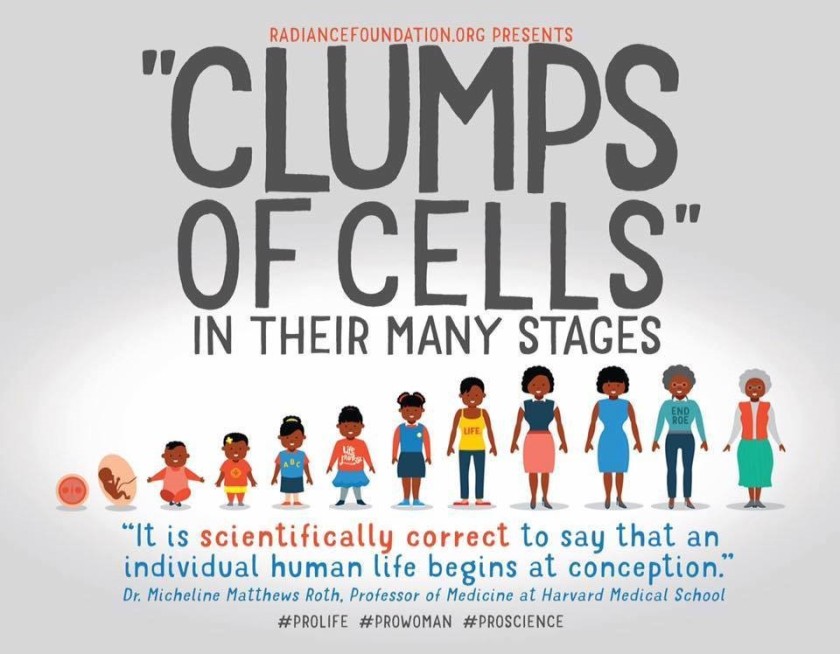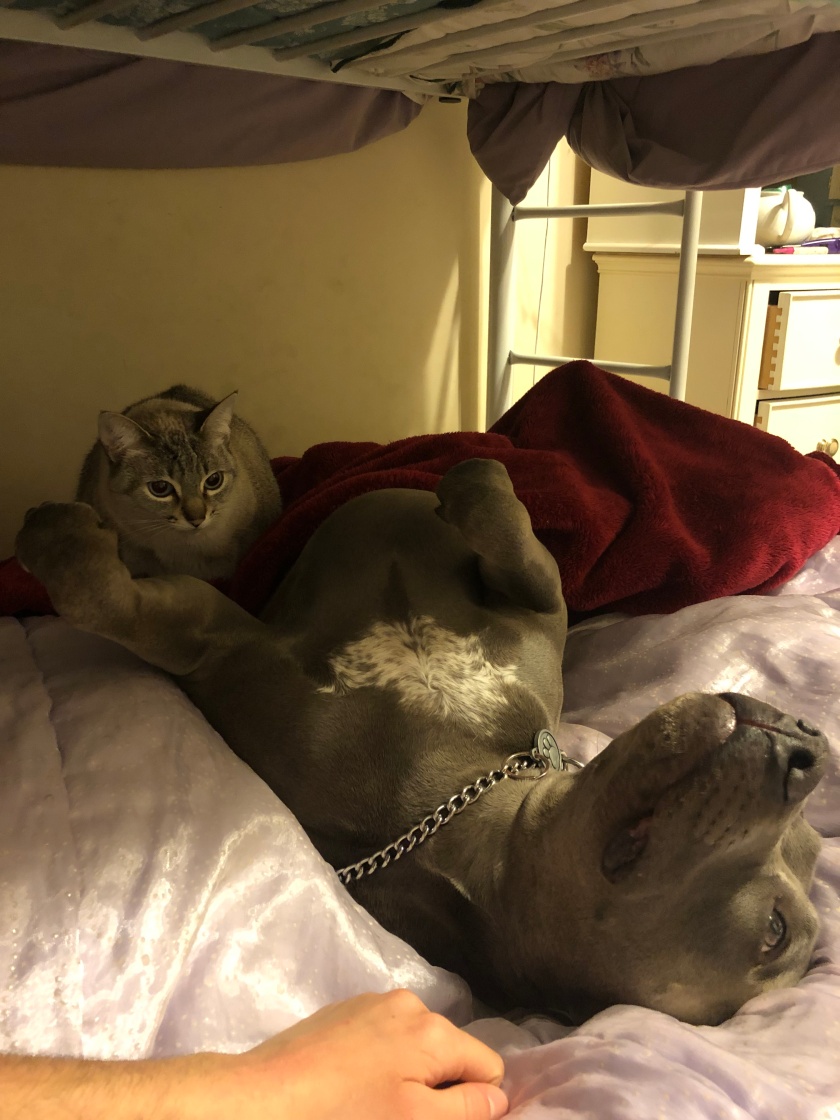

Article used: https://www.nytimes.com/2019/03/29/opinion/abortion-heartbeat-ban-georgia.html
- In her 2019 New York Times article, “The Abortion Divide Gets Deeper”, Michelle Goldberg informs her audience about the recent developments regarding the debate about abortion. She especially focuses on the progression of the “heartbeat” law in Georgia and certain other states, which mandates that fetuses that have an identifiable heartbeat may no longer be legally aborted. Goldberg addresses the prolife perspective and this side’s aspirations of altering current abortion laws, but takes a stance against this. She describes some possible consequences of repealing the infamous Roe v. Wade, which permits abortion, mentioning economic, health care, and cultural repercussions. The author discusses possible alternatives to the current regulations on abortion, but ultimately, she argues that abortion should remain legal and that republican opposition to it will only drive the already polarized nation further apart.
- Goldberg’s purpose is to combat the current talks of repealing Roe v. Wade & the passing of antiabortion laws; in this, she seeks to demonstrate the consequences of banning abortion. To achieve her goal, Goldberg utilizes charged diction, ethos, and figurative language. Most of Goldberg’s diction when describing the perspective of Republicans is incriminating and negative. She uses words such as “anti-choice”, “Trumpy cruelty”, and “legislatively audacious”; the connotations of these phrases are that Republicans and those against abortion are supporting an unjust and despicable regime. It is heavily implied that people who support banning abortion are trying to limit the nation’s freedom and are indecent human beings. Furthermore, Goldberg always calls those who support the “heartbeat law” “anti-abortion[ists]”-not once does she refer to them as “”prolife”. This is because the connotation of “anti” is negative, whereas “pro” naturally implies something good. If the author were to call those who hold this view “prolife”, it would imply that those who support abortion are against life, which would thoroughly damage Goldberg’s argument; “prolife” claims that fetuses are in fact lives, but “anti-abortion” villainizes Republicans, strengthening Goldberg’s position. In addition, Goldberg appeals to ethos to form her position. In the article, it lists the author’s qualifications, including a Pulitzer Prize, authoring multiple books, and years of experience. This increases her credibility to an audience that may have no idea of who she is; rather than coming off as a wishy-washy, uneducated, and untrustworthy person, Goldberg gives the impression that she is well qualified to discuss this topic. Furthermore, Goldberg utilizes figurative language to build her pro-choice argument. The author calls Republican efforts to repeal past laws permitting abortion “legislative whack-a-mole”. This is not meant to be interpreted literally-there is no one with an actual hammer, and there are no literal moles popping up. Instead, this implies that the Republicans are simply crushing all regulations that go against their prolife agenda and that they are doing so quickly & thoughtlessly. Goldberg utilizes negative diction, ethos, and figurative language to convey her message.
- As for my own perspective, I strongly disagree with the author, since I am prolife. Though I acknowledge the concerns that Goldberg has about the consequences of repealing Roe v. Wade, I believe that life is precious and that corrupt laws must be changed. It is true that I have quite a bit of bias in this area-I am both religious and the daughter of an OB-GYN nurse. Hearing my mom describe how babies have tiny heart beats and talk about what they are like has made me value all life, even when it is so small. A main defense against abortion that I have is that if one claims it is acceptable to terminate the fetus because it is just a ball of cells, when does that ball of cells officially become a human life? Those who support abortion cannot give a definitive time when this precious life actually has the qualifications to be considered a human and to deserve to live. If abortion is morally wrong, then all arguments about economic or political consequences are invalidated. Also, when a pregnant lady is killed, it is considered a double murder. If the baby is not considered human, why would this be? Does it become a human life when the mother decides it is? Is it just a clump of cells if she wants it to be? This is simply scientifically inaccurate and makes life relative. I believe that life begins at conception, that each and every life is precious, and that everyone deserves the simple chance to live.




 helmed with all the possibilities; it is noteworthy that I am undoubtedly one of the most indecisive people on the planet. However, I love thinking about people, how they relate, and how the mind works. Specifically, I am fascinated with the topic of human nature.
helmed with all the possibilities; it is noteworthy that I am undoubtedly one of the most indecisive people on the planet. However, I love thinking about people, how they relate, and how the mind works. Specifically, I am fascinated with the topic of human nature.
